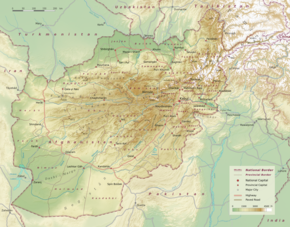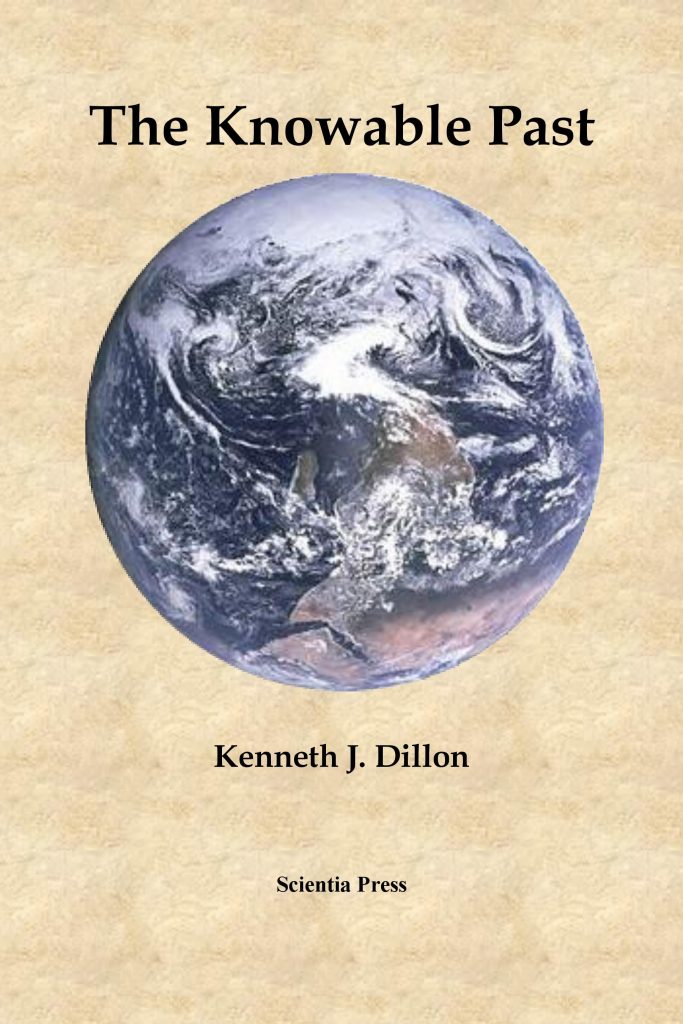[December, 2008] No matter how deeply he or she gazes into a crystal ball, the world’s most far-sighted economic guru would not find it easy to predict the long-term outcome of the current Global Financial Crisis (GFC). So it might seem a bit premature to start drawing inferences from the collapse of renowned financial firms, market gyrations, and massive government interventions, especially if these inferences relate to the Global War on Terrorism (GWOT). Nonetheless, there is a compelling reason to endeavor to do so: correctly assessing the impact of the GFC and its economic consequences on how the War can or should be fought may save us from making serious errors. Considering how many serious errors have already been committed in both the GWOT and the GFC, this seems highly desirable.
 Many Germans have earnestly sought to overcome the Nazi past by publicizing its depredations, by acknowledging wrongdoing, by seeking restitution of stolen property, and by maintaining a respectful, responsive stance toward Jews in general and Israel in particular. Still, such is the burden of the Holocaust that another approach may also prove attractive to certain Germans. It involves Yiddish.
Many Germans have earnestly sought to overcome the Nazi past by publicizing its depredations, by acknowledging wrongdoing, by seeking restitution of stolen property, and by maintaining a respectful, responsive stance toward Jews in general and Israel in particular. Still, such is the burden of the Holocaust that another approach may also prove attractive to certain Germans. It involves Yiddish.
While Yiddish contains elements of Hebrew and Slavic languages, it is mainly an old dialect of German. A German speaker can understand most of it, and in fact Yiddish forms part of the study of German linguistics and literature, correctly understood. This means that a simple initiative could help bring Germans and Jews closer.
 [August 16, 2021: The U.S./NATO withdrawal and Taliban takeover of Afghanistan have put an end to this issue, though it remains of historical interest.]
[August 16, 2021: The U.S./NATO withdrawal and Taliban takeover of Afghanistan have put an end to this issue, though it remains of historical interest.]
[January 31, 2018: This article was published in 2008. While some of the details have been overtaken by events, the main thrust of the argument has changed little. Keeping troops in Afghanistan for 16 years by now, with no end in sight, seems so palpably contrary to American interests that we must ask whether the U.S. Government has an unstated motive. By far the most plausible such motive is that the Israel Lobby wants us to keep our troops in Afghanistan to put pressure on Iran and to provide bases in the event of a war against Iran. In turn, the power of the Israel Lobby and the consequent possibility of war against Iran motivate the U.S. military to seek to remain. The cost of the war has climbed well beyond $1 trillion. Thousands of American soldiers have been needlessly killed, and thousands more maimed.]
[2008] According to media reports, American commanders in Afghanistan are asking for 5-10,000 troops above the 4,000 approved for deployment and the 10,500-12,000 already requested–for a total of up to 26,000. 32,000 are currently in Afghanistan. Overshadowed by the elections and global financial crisis, this proposed major escalation is moving ahead with little debate. And it is not a temporary ”surge”; the generals are seeking these new troop levels for the duration of the war, however many years that may involve.
Before we make this move, a weighing of pros and cons would appear to be in order.
 Unfinished business in a nation’s history can undermine citizens’ trust in government and sense of participating in a meaningful collective life.
Unfinished business in a nation’s history can undermine citizens’ trust in government and sense of participating in a meaningful collective life.
In the case of fatal moments such as assassinations and terrorist attacks, the damage adds to the impact of the attacks and helps the attackers achieve their goals of demoralizing the people and fraying the social fabric. Compounding the problem, government agencies and the media often show reluctance to reveal what they learn because they lack 100% assurance of its validity, because they fear the public reaction, or because they are covering up their own mistakes. As a result, people often believe that certain crimes remain unsolved or are even unsolvable when in fact they have already been solved but the information is being denied to the public.
 It is a curious fact that, after extensive investigations accompanied by intensive media coverage, the United States Government has failed to get to the bottom of any of the three major attacks launched against it by al Qaeda in the autumn of 2001.
It is a curious fact that, after extensive investigations accompanied by intensive media coverage, the United States Government has failed to get to the bottom of any of the three major attacks launched against it by al Qaeda in the autumn of 2001.
Three attacks?
Yes, and therein lies part of the problem.
When we speak of intelligence failures, we ordinarily refer to the mistakes made by intelligence agencies in the time leading up to an event. But there is another kind of intelligence failure: Retrospective Intelligence Failure (RIF).
 Originating in Eastern Europe, Halotherapy uses aerosol microparticles of salt to treat respiratory conditions. While it has shown effectiveness against asthma, bronchitis, and other chronic respiratory conditions, there is evidence that HT is also effective as prophylaxis against respiratory infections. In this video, Viktoria Nagudi discusses with Kenneth Dillon of Scientia Press the history, modalities, applications, and potential benefits of HT in the context of the COVID-19 pandemic, including for reopening the economy and schools. See also https://www.scientiapress.com/halotherapy.
Originating in Eastern Europe, Halotherapy uses aerosol microparticles of salt to treat respiratory conditions. While it has shown effectiveness against asthma, bronchitis, and other chronic respiratory conditions, there is evidence that HT is also effective as prophylaxis against respiratory infections. In this video, Viktoria Nagudi discusses with Kenneth Dillon of Scientia Press the history, modalities, applications, and potential benefits of HT in the context of the COVID-19 pandemic, including for reopening the economy and schools. See also https://www.scientiapress.com/halotherapy.
 [In a 2004 leak of a top secret Canadian Security Intelligence Service report, an al Qaeda detainee said that Abderraouf Jdey, a Canadian citizen of Tunisian origin, used a shoe bomb to cause the November 12, 2001 crash of American Airlines #587 from Kennedy Airport. Circumstantial evidence suggests that Jdey was also the mailer of the anthrax letters. See the analysis at the article Was Abderraouf Jdey The Anthrax Mailer?. The arguments below regarding the use of a Stinger-like missile and a northern New Jersey location of the Mailer are incorrect, but they are not being changed so that readers may follow the logic that led to the identification of Jdey as the likely Mailer. Information from October 2006 that the water used to prepare the anthrax was from the northeastern United States rules out a UK origin, as incorrectly argued below.]
[In a 2004 leak of a top secret Canadian Security Intelligence Service report, an al Qaeda detainee said that Abderraouf Jdey, a Canadian citizen of Tunisian origin, used a shoe bomb to cause the November 12, 2001 crash of American Airlines #587 from Kennedy Airport. Circumstantial evidence suggests that Jdey was also the mailer of the anthrax letters. See the analysis at the article Was Abderraouf Jdey The Anthrax Mailer?. The arguments below regarding the use of a Stinger-like missile and a northern New Jersey location of the Mailer are incorrect, but they are not being changed so that readers may follow the logic that led to the identification of Jdey as the likely Mailer. Information from October 2006 that the water used to prepare the anthrax was from the northeastern United States rules out a UK origin, as incorrectly argued below.]
 There’s a gaping hole in the FBI’s argument that U.S. Government scientist Bruce Ivins was the Anthrax Mailer.
There’s a gaping hole in the FBI’s argument that U.S. Government scientist Bruce Ivins was the Anthrax Mailer.
In addition to the hundreds of scientists with access to virulent anthrax from Ivins’s flask whom the FBI claims to have ruled out, one unauthorized individual had a special kind of access–the kind you get when you steal something. Hovering in proximity to an unlocked refrigerator with the anthrax at George Mason University was Islamic ideologue Ali al-Timimi, who in early 2001 was studying for a Ph.D in computational biology. Al-Timimi has since been arrested and sentenced for inciting Muslims in Virginia to travel to Pakistan to fight against U.S. forces.
 As is spelled out in “Was Abderraouf Jdey the Anthrax Mailer?“, the real Anthrax Mailer was not dedicated, patriotic, psychologically vulnerable U.S. Government scientist Bruce Ivins, as FBI so unpersuasively claims. Much more likely than not, the Mailer was in fact Abderraouf Jdey, a known al Qaeda operative based in Montreal who had been detained, then released, in the summer of 2001.
As is spelled out in “Was Abderraouf Jdey the Anthrax Mailer?“, the real Anthrax Mailer was not dedicated, patriotic, psychologically vulnerable U.S. Government scientist Bruce Ivins, as FBI so unpersuasively claims. Much more likely than not, the Mailer was in fact Abderraouf Jdey, a known al Qaeda operative based in Montreal who had been detained, then released, in the summer of 2001.
As readers of Was Abderraouf Jdey the Anthrax Mailer? will appreciate, more likely than not Canadian al Qaeda operative Jdey was indeed the person who mailed the anthrax letters of 2001. But we must ask: How did al Qaeda gain access to the anthrax?
On March 23, 2011 a panel of psychiatrists and others who consult for government security agencies issued a report1 on the behavior of alleged anthrax mailer US Army scientist Bruce Ivins. The panel, which was selected and chaired by an FBI consultant in the investigation,2 purports to offer an independent view.



